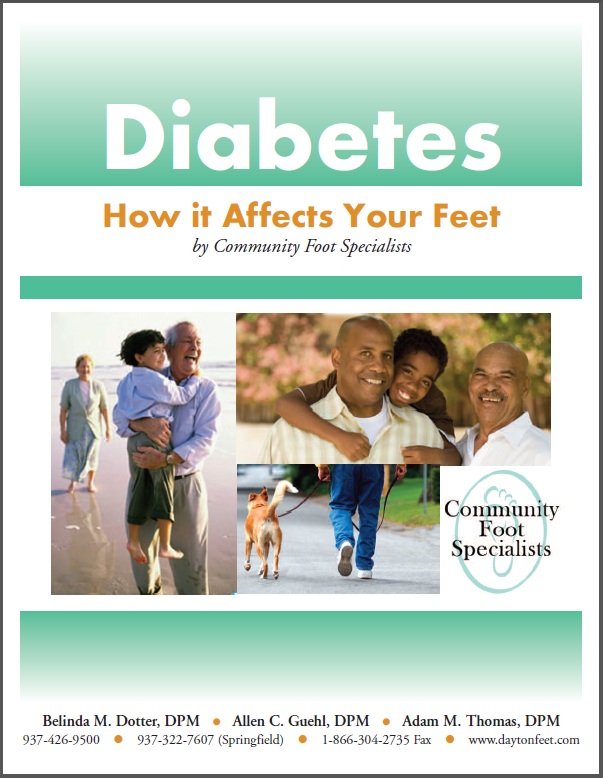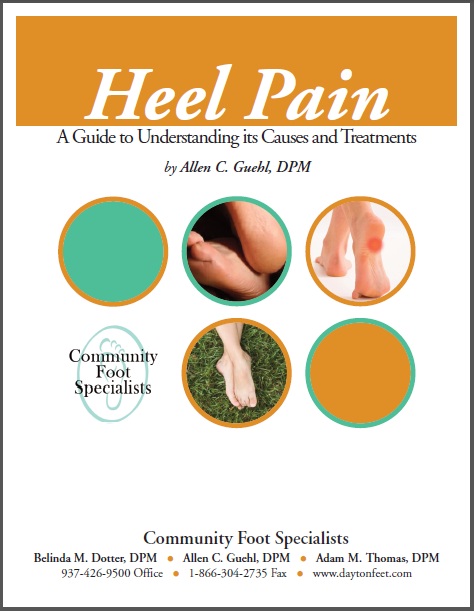Tendonitis of the Foot and Ankle
Tendonitis is a broad term that simply means inflammation of a tendon. Though tendonitis can occur anywhere in the body (ie Tennis elbow is a tendonitis), the foot and ankle are particularly susceptible to inflammed tendons because we use and overuse them so much. A tendon is a soft tissue that attaches a muscle to a bone. Tendonitis is typically a progressive disorder, meaning that initially you may just experience a strain causing mild pain and swelling, and it is reoccurring if the underlying causes are not treated. Overtime, if left untreated, the small strain may continue to swell and pull small fibers apart. As the damage continues to build up, tendonitis may develop. One of the best treatments for any tendonitis is rest, however it is not always an option to remain off of our feet giving them the rest that they need to heal properly.
Symptoms:
The symptoms can vary depending on the tendon in the foot or ankle which is inflammed. The locale of the pain is usually the sight of the inflammed tendon. For example, pain on the rear of the ankle may indicate Achilles' Tendonitis. Pain on the inside of the foot may indicate PTTD (Posterior Tibial Tendonitis Disorder), outside of the ankle maybe peroneal tendonitis, and pain on the top of the foot maybe anterior tibial tendonitis. Palpation over the inflammed tendon will cause pain, and different actions will cause the different aspects of the foot to hurt at different times. Ankle instability could be another symptom tendonitis. The pain may begin just after a particular activity, but as it progresses, pain may continue while at rest.
Treatments:
With any inflammatory disorder, RICE therapy should be the initially treatment:
- Rest
- Ice
- Compression
- Elevation
If these simple at home therapies are not helping, your foot and ankle surgeon could suggest some ulterior treatment modalities. At first, the primary concern of the podiatrist is to relieve the acute pain. In addition to the RICE therapy, medicatons could be tried to alleviate the inflammation (these could be NSAIDS or a short, low dose of oral steriods). An anti-inflammatory patch could also be applied to the area. Bracing of the foot and ankle is also critical to limiting the motions of the ankle which are causing the strain and pain. Limiting activities and a slow return to normal level allows the tendon to rest shortly and then build strength to accommadate for your activity level.
Once the tendonitis and initial pain are relieved, the next concern is ensuring that the pain does not return. Continued use of bracing may help in preventing future cases of tendonitis. Also, a pair of custom orthotics could help relieve the underlying mechanical deformity which lead to the damage in the first place. Prevention is always the best treatment, so avoiding the too much, too soon mentality and stretching your foot and ankle prior to beginning activities is a great start.



















